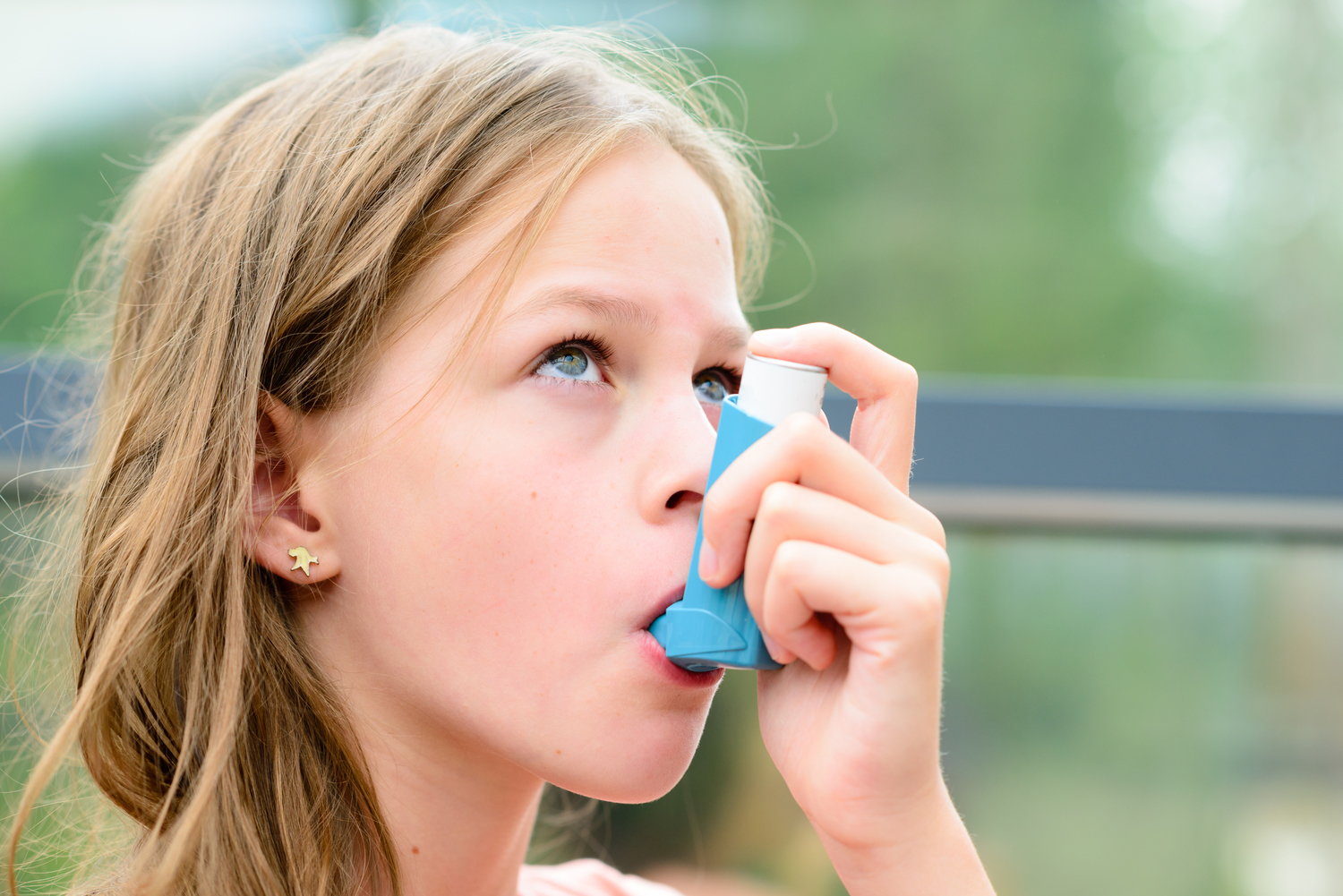
U.S. States With the Highest Asthma Rates
Those who suffer from asthma need to consider many factors when planning a move to a new state. Some of the most important factors are environmental, such as air pollution and the weather. So what exactly is environmental asthma? This is a form of asthma that flares up when different triggers in one’s environment are encountered. Let’s cover the top worst states and cities for those living with asthma, as well as some of the environmental triggers that exist there:
1. Massachusetts
The Asthma and Allergy Foundation of America (AAFA) noticed a pattern of increased asthma and allergy prevalence among “belts” of the nation. Massachusetts is part of the Northeast Mid-Atlantic Asthma Belt, which also includes other states on this list. Part of the reason this state ranks high is that it is highly urban and congested with motor vehicle traffic. A small, dense state combined with industrial pollution and car exhaust smog equals very poor air quality.
2. Virginia
The parts of Virginia far from the coast rank low in desirability for asthma factors. Richmond is one city in this state that’s also included in the AAFA’s Northeast Mid-Atlantic Asthma Belt. This city is far from the coast, has a high poverty level with poor access to specialist doctors, high amounts of pollen, and urban air pollutants. Richmond also has issues with high levels of smog and other toxins created by factories in the area.
3. Pennsylvania
This state is right in the middle of the Northeast Mid-Atlantic Asthma Belt. Its largest city, Philadelphia, ranks sixth in the country for asthma-associated deaths. Part of this has to do with the fact that it also ranks fifth in the nation for those living below the poverty line, strongly affecting its population’s ability to receive treatment and medication to cope with allergy symptoms. This coincides with the state’s overall asthma death rate.
4. Ohio
Dayton, Ohio is one city that consistently ranks at number four in the country for asthma-associated emergency doctor visits. It’s also the worst in the Midwestern region in total. Some of the asthma triggers found in this state are: smog from heavy traffic, very cold air in the winter followed by humid summers, and industrial pollutants lingering longer in the air. Industrial pollutants and smog are common in urban environments. So, that’s not a healthy environment for allergy sufferers.
5. Kentucky
The entire state isn’t highly recommended for asthma sufferers, due to the crazy amount of pollen and the damp weather seen year-round. In particular, Louisville is a large city that consistently ranks as having the highest recorded number of people living with asthma than any other city. Besides the urban environmental factors other states on this list share, Kentucky is known to suffer from extra high pollen levels because it’s a landlocked state. States with coastal access have the benefit of pollen and other environmental pollutants washing away much quicker. Year-round humidity also contributes to increased mold and mildew, verified asthma triggers.
6. Michigan
Michigan’s medium and large cities are known to trigger asthma symptoms. Detroit stands out as the state’s worst city for asthma. The reasons are fairly obvious, ranging from having a low air quality and a high rate of poverty. People living in poverty often live in more urban environments, which equates to more pollution exposure. Detroit also doesn’t have enforced public smoking restrictions; a big deal for an asthma sufferer choosing where to live.
It should be noted that most of the states in the above list score high in obesity levels as well. Both obesity and smoking negatively impact allergy sufferers long-term and result in generally poor health. Asthma is a lifelong condition that has no cure, but can be managed well with a healthy lifestyle and living away from the poorly rated cities and states listed. It’s best to live in areas that have low environmental pollution and allergens. No matter where you live make sure to maintain your allergy management plan, so you can live with as few symptoms as possible.



